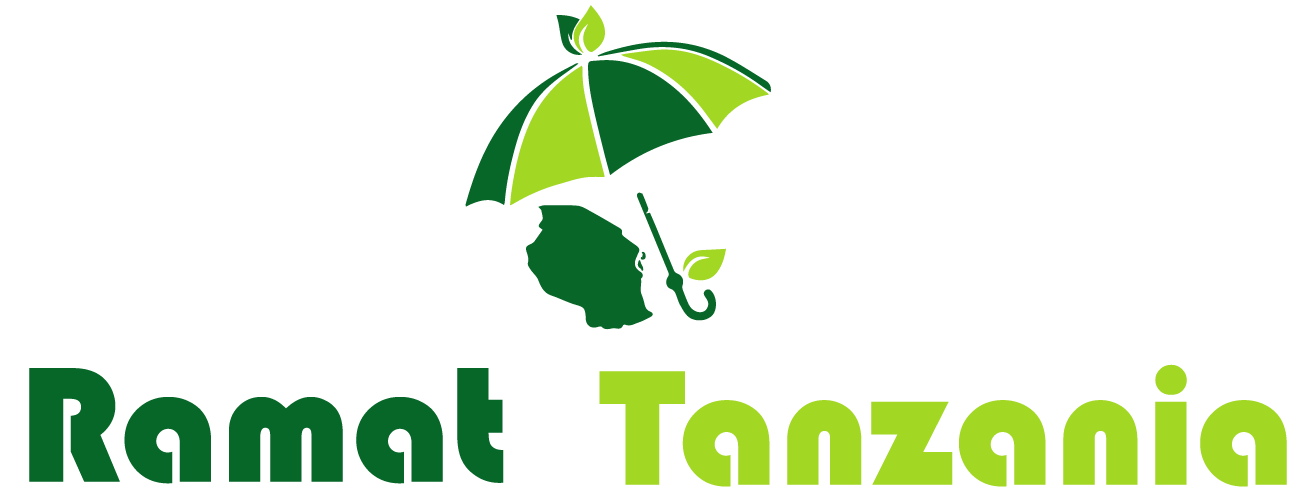WASTE MANAGEMENT
Waste management or waste disposal includes the processes and actions required to manage waste from its inception to its final disposal.This includes the collection, transport, treatment and disposal of waste, together with monitoring and regulation of the waste management process and waste-related laws, technologies, economic mechanisms.Waste can be solid, liquid, or gases and each type has different methods of disposal and management. Waste management deals with all types of waste, including industrial, biological, household, municipal, organic, biomedical, radioactive wastes. We (RAMAT) are intended to reduce adverse effects of waste on human health, the environment, planetary resources and aesthetics.
Free the river
A river is a natural flowing watercourse, usually a freshwater flowing towards an ocean, sea, lake or another river. They form part of the water cycle. Rivers forms 0.1% of the land on earth and considered as major features on landscape.
Rivers provides crucial habitat for various species animals and support the survival of both people and nature around the world.
On recent years, most of the rivers facing a serious threat on both flowing water or even drying out completely. This is the results of man - made causes such as over exploitation and pollution which leads rivers ecologically dead and drying up. Infrastructure and plastic pollution is the biggest culprits in interfering with the flow of rivers. Plastic pollution imposes threats in aquatic life and river ecosystems because of plastic durability in the natural environment.
We need to stop not well planned construction especially on river banks or on its sources and create well planned waste planned systems in order to protect freshwater wildlife and safeguard the communities that rely on health rivers.
The outcome will help these rivers to swell and shrink naturally and will minimise the life threat risk such as floods, injuries to wildlife, loss of properties, reductions of diseases such as cholera and typhoid, major environmental impacts, social impacts and climate change risks.
Well managed rivers contribute much in support of our ecosystem. It allows creatures such as fish to swim up and down stream at will. It supports the migratory birds by providing breeding sites and foraging ground. It also promotes tourism industry by providing area for birdwatching, flower identification, botanical gardens for leisure, can be used for swimming, transportation, irrigation ( coffee growing, grains, sunflower seeds), drinking.
The son of soil.
Is a concept that was born of an idea where a child is born and is given the responsibility of taking care of the environment in all its positive aspects. From the age when they can speak to when they finish their basic education and preferably into higher level of learning.
This is an Environmental-based training concept aim at the children/youth. In an effort to enhance a clean and healthy Arusha city, we (Ramat Tanzania) have come up with exciting seminars and practical training directed to the youth on environment.
Only with a coordinated approach and action directed to properly create a functional and yet sustainable training module to youth at the regional and eventually replicated to local levels, can success be achieved. It is essential, therefore, to make youth an integral part of the solution in fighting climate change.
In cooperation with the partners, Ramat Tanzania will assist national and local governments by raising awareness, organizing workshops and trainings, developing evaluation tools and involving youth in regular meetings on climate change.
Project Justification
Climate change is a global phenomenon that largely impacts urban life. Rising global temperatures causes sea levels to rise, increases the number of extreme weather events such as floods, droughts and storms, and increases the spread of tropical diseases. All these have costly impacts on cities' basic services, infrastructure, housing, human livelihoods and health. At the same time, cities are a key contributor to climate change, as urban activities are major sources of greenhouse gas emissions. Estimates suggest that cities are responsible for 75 percent of global CO2 emissions, with transport and buildings being among the largest contributors. Arusha, a city in the northern part of Tanzania, is a small but rapidly growing city is no exception.
The policies and decisions made today will influence outcomes over the remainder of this century and beyond, and youth today have a large stake in this future
Target Audience
Youth: the term to include people between the ages of 15 and 24 years.
Project Goals and Objectives
When young citizens learn about and begin to address the issue of climate change, they inevitably have to grapple with some tough questions about how society collectively deals with complex global problems and the future. In engaging with climate change, young people are implicitly or explicitly will enter into debates that involve dissenting from prevailing norms, beliefs, and practices, including economic and social norms. Such dissent is closely linked to issues of social injustice, poverty, and violence, as well as environmental issues such as pollution and biodiversity loss.
Ramat Tanzania believe after the training, Some youth would work directly to address climate change through small-scale and informal community-based actions, including awareness-raising events, educational programs, and sustainability campaigns . And, others can politically engaged in more individualized and specialized ways, such as through issue-specific activism or low-threshold and part-time activities, e.g., promoting recycling or bicycling, signing petitions on social media, or consuming “green” products and following vegetarian or vegan diets.
Project activities
Continued training , workshops and seminars.
